Social Cognitive Theory Chapter 6
par Andrea Holtry


1. Consequences
1.1. Learners must be aware of response-consequence
1.2. non-occurrence of expected consequences is an influential consequence itself
2. Cognition: must be aware of the response-reinforcement.
2.1. Efficacy expectations
3. Control over actions and environments
4. Incentive: anticipating a reinforcement
5. Conditions
5.1. Attention
5.2. Rehearsal
5.2.1. Retention (memory codes)
5.2.1.1. Mnemonics
5.2.1.2. Graphics
5.3. Motivation
5.3.1. Intrinsic
5.4. Motor reproduction
5.4.1. chicken, airplane, soldier
6. Self-efficacy
6.1. previous successes and failures
6.2. messages from others
6.3. success and failures of others
6.4. Choice of activities, goals, effort and persistence, learning and achievement
6.4.1. develop self-efficacy
7. Modeling
7.1. Reinforced by the model
7.1.1. live
7.1.1.1. competent model
7.1.1.2. Prestige and power
7.1.1.3. gender-appropriate
7.1.1.4. relevant
7.1.2. symbolic (book)
7.1.3. verbal instructions
7.2. Reinforced by a third person
7.3. Imitated behavior has positive consequences
7.4. vicarious reinforcement or punishment
7.5. new behaviors
7.6. frequency of previously learned behaviors and of similar (not the same) behaviors
7.7. encourages previously forbidden behaviors
8. Learning can occur without a change in behavior.
8.1. Mental representations
8.2. Learners form outcome expectations; behave in ways that will maximize reinforcement
9. Delayed imitation
10. Self-regulation
10.1. Set standards and goals
10.2. Self monitoring
10.2.1. Self-observation
10.2.2. Self-evaluation
10.2.3. Self-Reaction
10.2.4. Self-Reinforcement
10.2.5. Self-imposed stimulus control
10.3. Self-instructions
10.3.1. 1. Cognitive modeling
10.3.1.1. New node
10.3.2. 2. Overt, external guidance
10.3.3. 3. Overt self-guidance
10.3.4. 4. Faded, overt self-guidance
10.3.5. 5. Covert self-instruction
